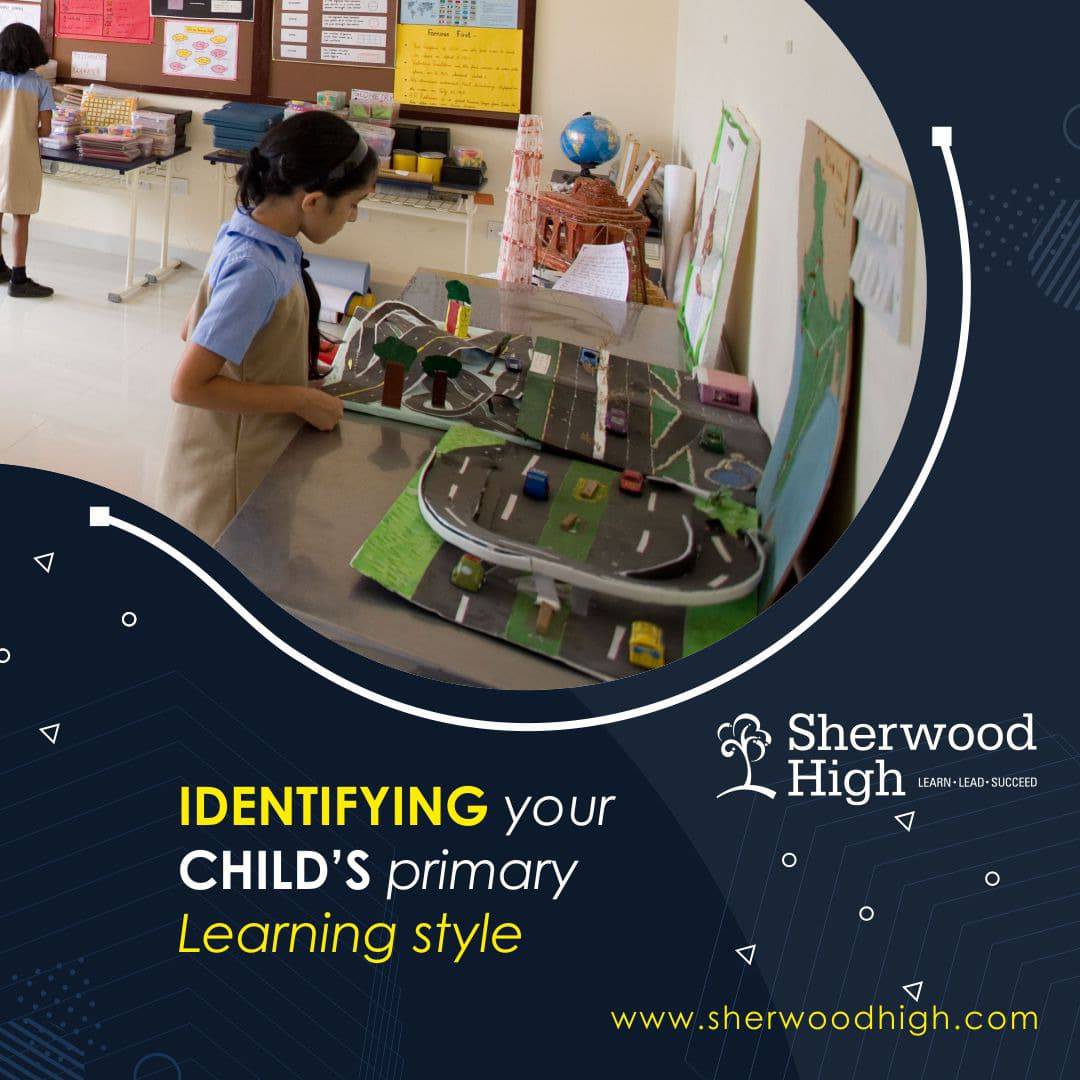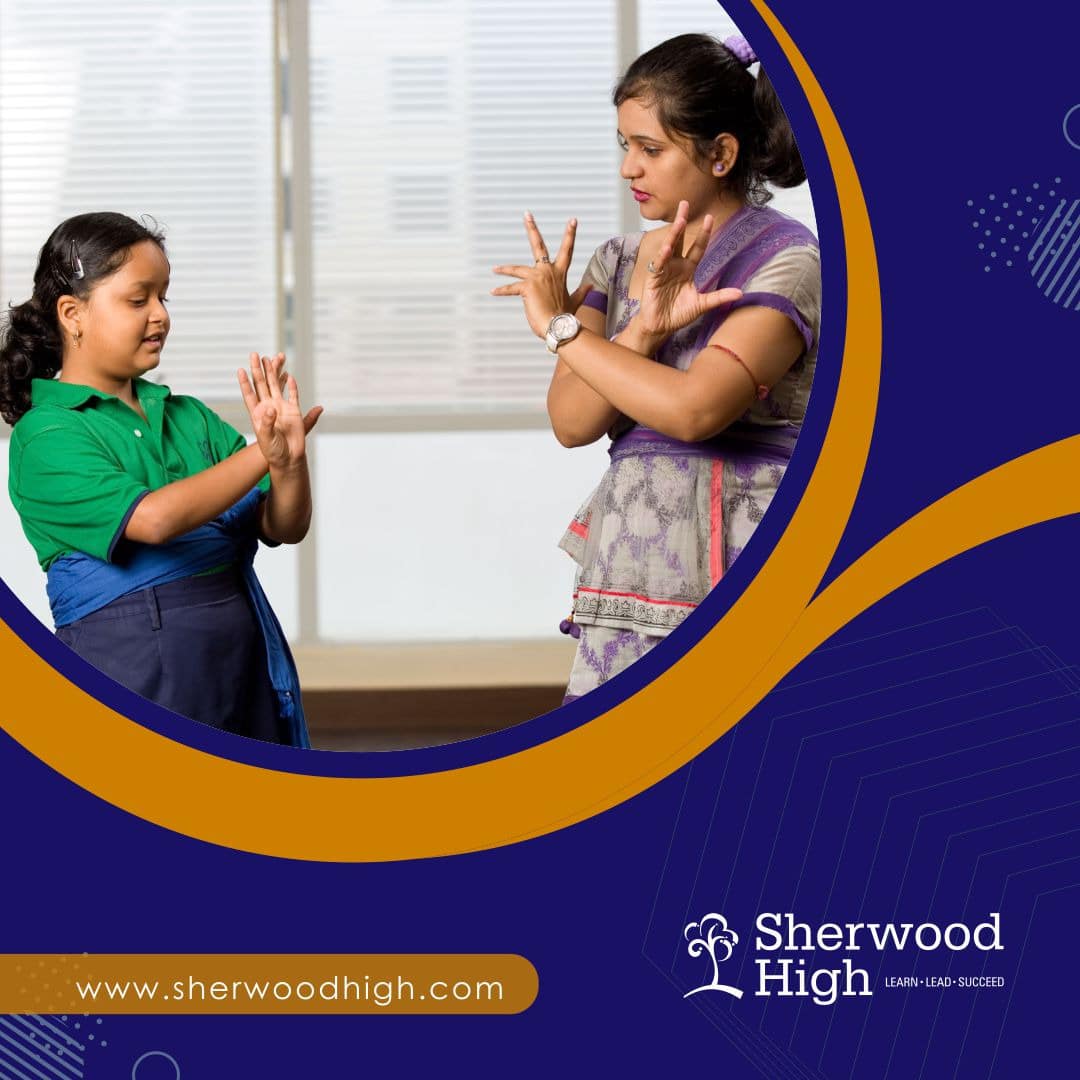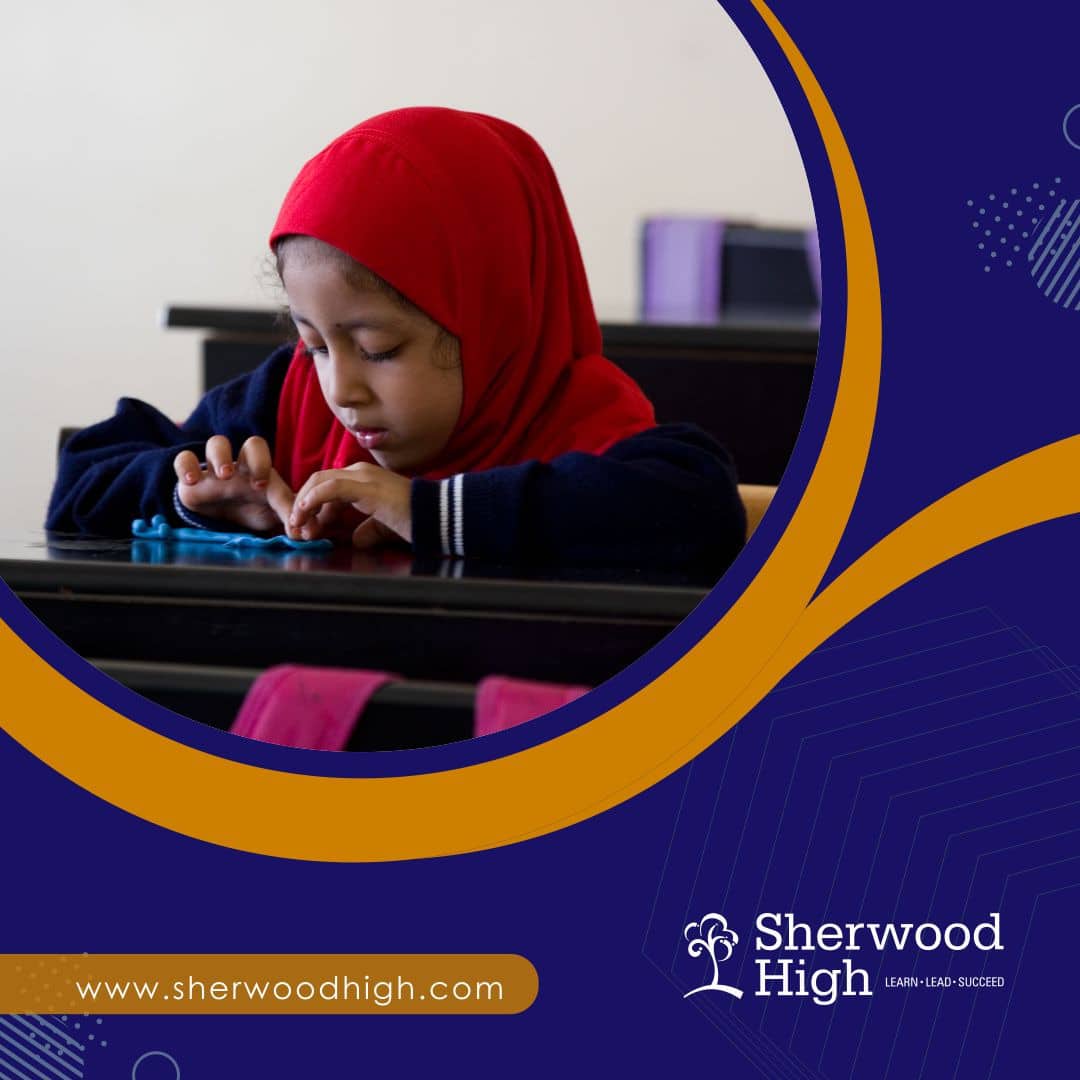
Identifying your child’s primary learning style
Identifying your child’s primary learning style
Children are born with the primal urge to learn new things and discover the world around them. For this, they use every medium at their disposal: from touching to tasting, hearing, smell, asking adults, et cetera. As they grow and evolve with their learning, they begin to develop distinct learning patterns.
A prior knowledge of your children’s primary learning style can help you have a stronger grasp of how to help them study, and in encouraging them to learn more effectively. In this blog, we will discover the methods to understand what your child’s learning style is and in what way they can absorb the most. Knowing their learning style can also better inform your choices when you consider after-school activities, extracurricular classes, camps et cetera.
According to research, there are three prominent learning patterns, which can help parents identify children’s primary learning styles.
1. Visual style:
Visual learners often observe the things around them and create a visual representation of the things you tell them. They have a vivid imagination and a powerful memory relaying visually observed information. They usually like to read books and are inclined to be drawn to pictures, photographic representations, paintings, illustrations, and are more attracted to brighter colours than symmetrical patterns. They learn efficiently through seeing images as they can remember the pictures on the pages better. It is more likely that visual learners show interest in road maps, charts, diagrams with competence and enjoy art, drawing, crafts, et cetera.
2. Kinaesthetic style:
Kinaesthetic learners feel the subject and like to have a practical experience, I.e. they prefer to gain knowledge through physical sensations. You’d be able to notice this, if your child is great in sports, or can dance very well naturally, as Kinaesthetic learners usually have a strong sense of balance and they learn best by doing things themselves. Other markers to identify them could be that they frequently use gestures when speaking or explaining things, strong body language, they would rather show you than tell you things, highly active and so on. Using different textures or sizes of papers while writing and learning also helps them retain information more efficiently. These types of learners have a natural aptitude in sports, dance, and other physical activities, along with sharp hand-eye coordination and love for hands-on activities.
3. Auditory style:

Auditory learners prefer the transfer of information in audio format, you can encourage them by asking them to either read out loud by themselves, or ask somebody else to read the information for them. They also prefer answering orally and must be encouraged to do so while revising chapters, and so on. You can also help build interest in specific subjects by simply talking about it to your children. Auditory learners think in words and verbalise concepts, they can spell words accurately and easily, and can hear the different pronunciations, sounds, and tend to learn phonetically rather than through look-and-say techniques. Auditory learners have an aptitude in music, instruments, vocabulary, vocal ability, singing ,strong verbal ability, ability to listen and follow verbal directions well, and the like.
Once you have identified your children’s learning style, you can further encourage them based on their preferred learning styles.
1.Visual learners:
To encourage children who prefer visual learning:
- You can use board games, memory games to create visual patterns..
- Use books with pictures preferably try to do so even as they grow older.
- Encourage visualisation of story or whatever information they are trying to learn and reinforce this behaviour.
- Give them visual clues when reading together let your child imagine their own pictures as they read new things.
- Help them learn mind mapping techniques as they grow older to help them recall complex information.
- When they have plays, dramas, stories to learn, show them videos and films of these, if available to reinforce what they are studying.
2. Kinaesthetic learners:

To encourage children who prefer kinaesthetic learning:
- Understand that movement helps these children to focus, so allow them to move around every so often while they are studying.
- Try to use hands-on activities, experiments, charts, art projects, nature walks, acting out stories, as practical knowledge helps them ‘feel’ what they are learning.
- Using different textures or sizes of learning material also helps them retain information efficiently.
- The standing that they prefer for experimenting rather than only reading about a certain topic will help you come up with ways to engage them in their learning process.
3. Auditory learners:
To encourage children who prefer auditory learning:
- You can use fun rhymes, tunes, songs for understanding certain concepts and also making learning more enjoyable.
- Can encourage them to create their own word problems, diction and vocabulary related games.
- Ask them to dictate stories to you, read aloud together and record sessions for later playback.
- You can also help them by getting them audiobooks or borrow books that are on CDs.
Apart from these three research based learning styles, there are also:
Logical learners:

These children think conceptually and like to explore patterns. They enjoy puzzles and like to see how things work and it is said that logical learners are not so competent creatively, hence asking them to do certain things may not be fruitful. Logical learners are usually inquisitive and constantly wonder and question about things. They prefer routines, are consistent and are goal oriented. Logical learners have higher capabilities of abstract forms of logical thinking, even at an early age. They enjoy strategy games, experiments, and can do mental arithmetic easily.
You can encourage logical learners, by doing science experiments together, using computer-based learning, games, and puzzles, introducing rhyming books and non-fiction et cetera.
In Conclusion:
Your children could probably have some aptitude in each of these learning styles, but looking closely will help you see that one of these styles is particularly strong. This recognition will help you tailor your child’s learning process and build on their innate strengths more efficiently. At Sherwood high, we believe that it is important to recognise learning patterns early and mould studies according to these preferred patterns for children. As parents you must know how to identify primary learning styles and encourage them accordingly, you can also consult our teachers and faculty in helping you identify your child’s primary learning style and also for ideas on how to teach them certain topics.






